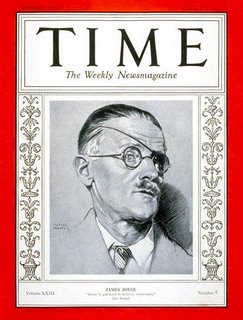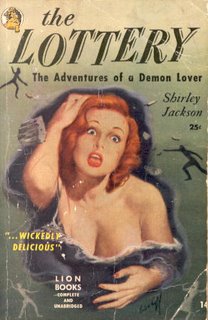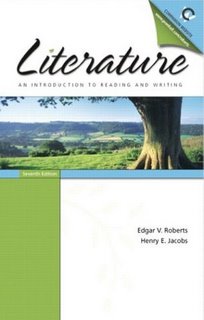James Joyce's "Araby" and Romantic Irony
 You'll be reading "Araby" by James Joyce this week. To the right is a picture of Joyce, the famous Irish author, on the cover of the January, 29, 1934 Time magazine. Joyce's fiction made him famous. "Araby" is a short story in a collection Joyce called Dubliners, a book published in 1914 and whose name refers to the city of Dublin in Ireland. Joyce thought of the Dubliners as a kind of a moral history of his country. You can learn more about James Joyce at the website for the James Joyce Centre.
You'll be reading "Araby" by James Joyce this week. To the right is a picture of Joyce, the famous Irish author, on the cover of the January, 29, 1934 Time magazine. Joyce's fiction made him famous. "Araby" is a short story in a collection Joyce called Dubliners, a book published in 1914 and whose name refers to the city of Dublin in Ireland. Joyce thought of the Dubliners as a kind of a moral history of his country. You can learn more about James Joyce at the website for the James Joyce Centre."Araby" is about an Irish boy awakening to the harsh reality of the world. So this is a short fiction version of a bildungsroman, a work in which the main character grows up or matures. The word "araby" was a romantic term for the Middle East, a popular but dreamy notion that Europeans had of that part of the world. However, such a romance is the stuff of dreams, not reality. How does this story represent the ironic portrayal of that romantic view of the Middle East?



